|
Ooh, an applique block for week 4! I began making pieced quilts a few decades ago, but not until about 8 years ago did I delve into applique, and once I did there was just no turning back. This block was designed by Jan Patek and is called Bee Skep. You can learn about Bee Skeps and get the pattern for the block by visiting Jan's blog linked here: http://janpatek.blogspot.com/2017/03/getting-ready-for-april-and-moda.html I have decided to make a few changes to this block. My favorite method of applique is fusible so that is how I am approaching this block. Rather than using one piece of material for the Bee Skep I am going to piece together several of my fabrics to use for it. I think I will also split my background to add some green for grass. Of course, you can use the same methods I will describe here even if you do not piece your skep. Let me show you what I did... The first step is to transfer the applique pieces onto my fusible. I happen to like Heat N Bond Lite, but there are many brands out there that work well. With fusible I need to reverse the applique shapes. My light box comes in handy for this, just flip the pattern over and I can still see the lines to trace them. I need to trace three pieces, the skep, the stand and the door; giving myself some room around each. I then cut them out, not on the lines, but about 1/8-1/4 inch away from my drawn lines. On to piecing my Bee Skep. I cut several strips of fabric varying in width from 3/4" to 1 1/2 inch. One by one I sew them together. The first two I sewed straight along the edge. When I add the third strip I angled it on the sewn unit and stitched along the angle to join the pieces. With these narrow pieces I am pressing the seams open as I go. Three strips joined together. Here you can see how I am following the edge of the angled piece to add this next row. I will trim off that extra bottom bit before pressing. Hmmmm-I guess I forgot to take a photo of the finished piecing for the Bee Skep. Soooo back to preparing the applique pieces. I place my fusible on the wrong side of my fabrics. With the pieced Bee Skep I made sure it was well pressed and lying very flat. At this point you have to follow the manufacturer's directions for your fusible to know the iron temperature and how long to hold the iron on the fusible. While I am waiting for my applique pieces to cool I can piece together my background. I cut this slightly oversize. The green is 2 1/2 x 7 1/4. The cream is 5 1/4 x 7 1/4. These are stitched using a quarter inch seam and pressed to the dark side. After peeling off the backing paper from the fused applique pieces I arrange them on my background. I had a little lady bug on one of my fabric strips that was going to be covered up by the door so I moved the door to the left. It is okay to arrange pieces to your liking. Once I am happy with my layout I iron in place, again, following the manufacturer's directions. Now I get ready to play with my lovely threads. I have attached a piece of stabilizer to the back of my block. This happens to be one that washes out leaving my piece soft rather than stiff. The machine stitches will come out much nicer with the addition of stabilizer though I have done without in a pinch and just take it slower. I start and end my applique stitches with a straight stitch. Here I have my machine set to a stitch length of 1.9 and have moved the needle to the right two places. I always have my needle in the down position for machine applique, and piecing for that matter. I am going to start with the stand. You can see that I took a few straight stitches that I am now going to come back over with a buttonhole stitch. My machine has a double buttonhole stitch which I really like for applique. My stitches will be locked in because I have sewn over the previous straight stitches. Here are my settings for the buttonhole stitch. My length is still 1.9 and my width is 2.0. The needle is now back to center. Basically just experiment with your length and width to see what look you like. As long as your remember to keep the stitch length the same of the straight and buttonhole stitches it will all be good. Made it all the way around the stand and come to a stop where the stand meets the Bee Skep. Switching back to the straight stitch, I turn and go back over the buttonhole stitch with a few stitches and then a locking stitch to finish. The straight stitch will land right on the straight part of the buttonhole stitches so they will not show. After switching to my lovely blue thread I have come up with a plan for the skep. My goal is to do it without having to start and stop more than once. So with my straight stitch I take a few stitches across the bottom of my door. This photo is a good one to point out where your needle needs to land when doing applique. You want the needle to run right along the edge of your applique piece so that only the stitches that take a bite in will be on your applique. Time to switch to my buttonhole stitch and work my way around the door. Anytime I change direction with my sewing I leave my needle down, lift the presser foot, make my adjustment, and then proceed as before. Coming back to those straight stitches and continuing over them with the buttonhole stitch. Just keep sewing, just keep sewing. Working my way around the entire skep. And here I am back at the beginning. Switch back to the straight stitch, take four or five stitches and then a locking stitch and I am finished. I might end up adding a little embellishment to this, I feel like it needs a buzzing bee or two in the sky. This is such a cute block. And it goes so well with the others. I wonder what else Jan Patek has in store for us in the coming weeks? More applique I hope. Do you have a favorite form of applique or is it all new to you? I am attempting freezer paper applique on another project this year. I like the idea of having some handwork to do, though arthritis makes that rather tricky at times. Until next time... Happy Quilting!!!
Maryella
4/7/2017 10:43:43 am
I love your tutorials. Good job.
Debra
4/7/2017 02:34:43 pm
Thank you, Maryella. I keep watching videos of needle turn and have even made a couple of attempts but I definitely need more practice.
Maryella
4/7/2017 05:53:40 pm
I have done lots of reverse applique and love doing that. Have you tried that? If not, give it a try. Very rewarding.
Debra
4/7/2017 10:25:16 pm
Maryella, I have heard about reverse applique but have not tried it yet-I will definitely add it to my to-do list. I love to expand my abilities, thanks for sharing! Comments are closed.
|
Welcome to the site of Debra Davis-a woman who loves the Lord and loves to quilt.
My other blog where I share about my walk of faith:
Sitting at His Feet This website uses marketing and tracking technologies. Opting out of this will opt you out of all cookies, except for those needed to run the website. Note that some products may not work as well without tracking cookies. Opt Out of Cookies |
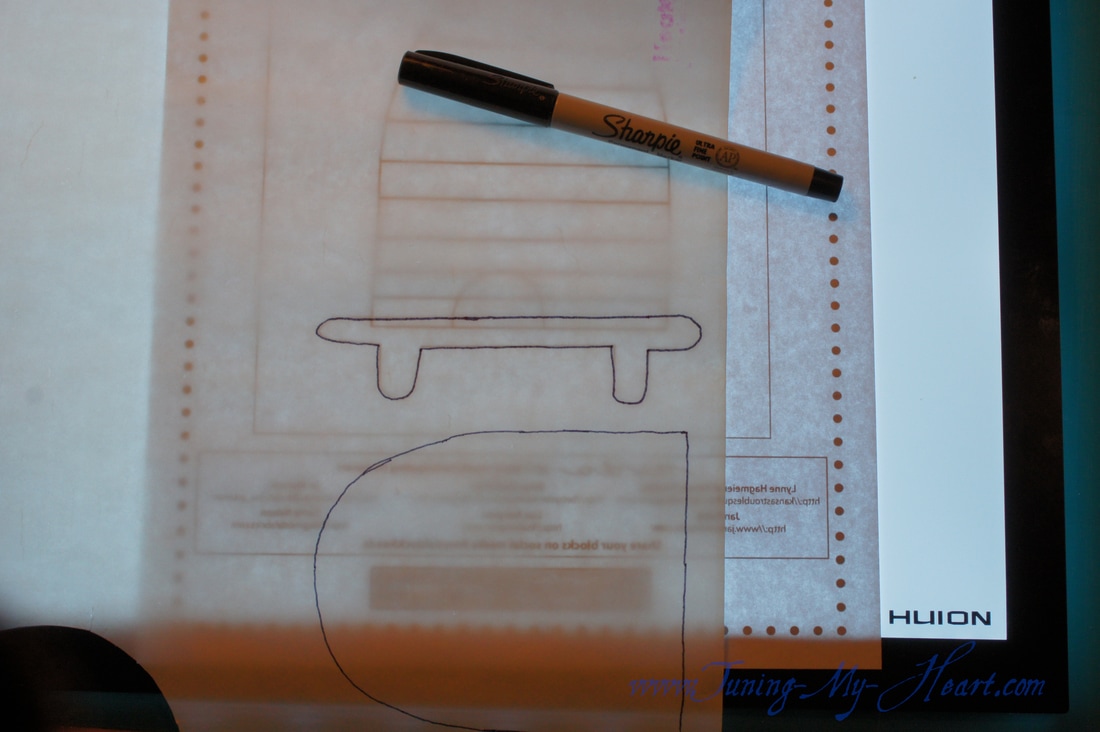
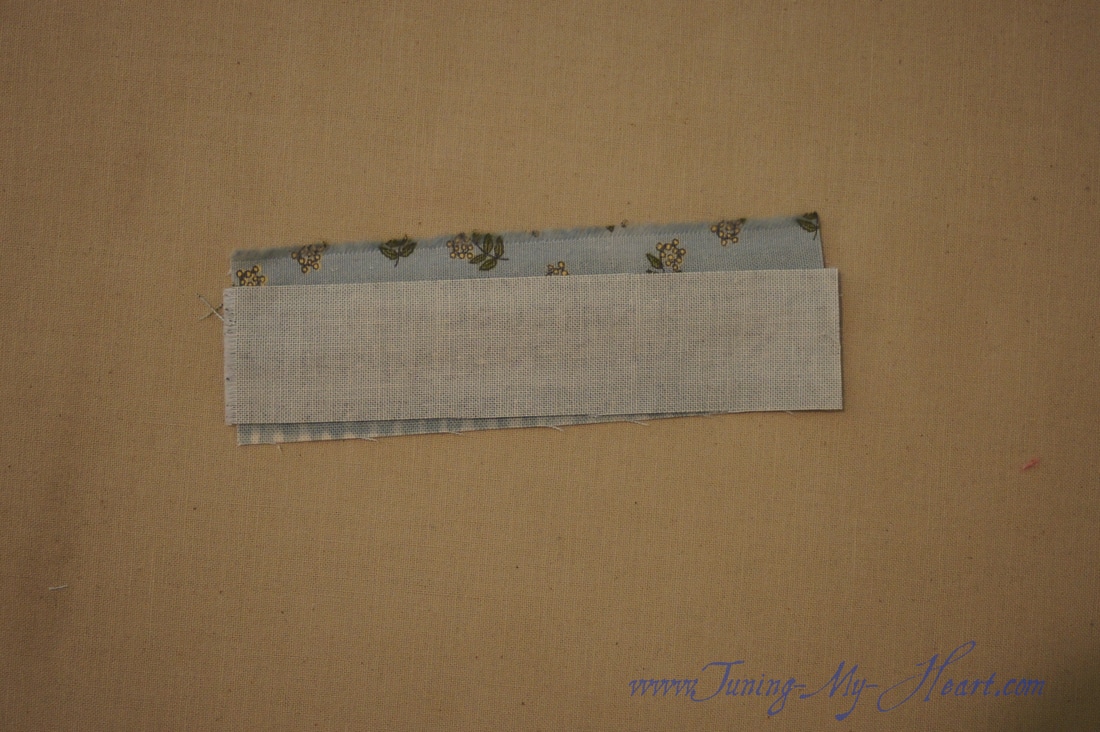
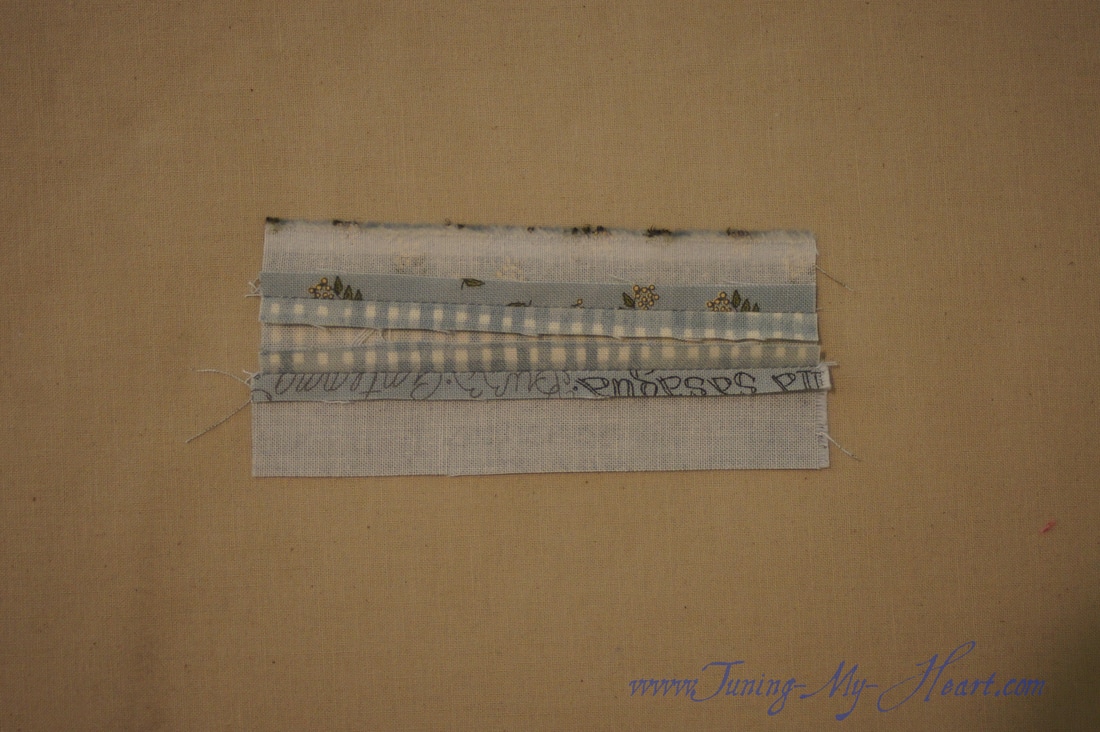
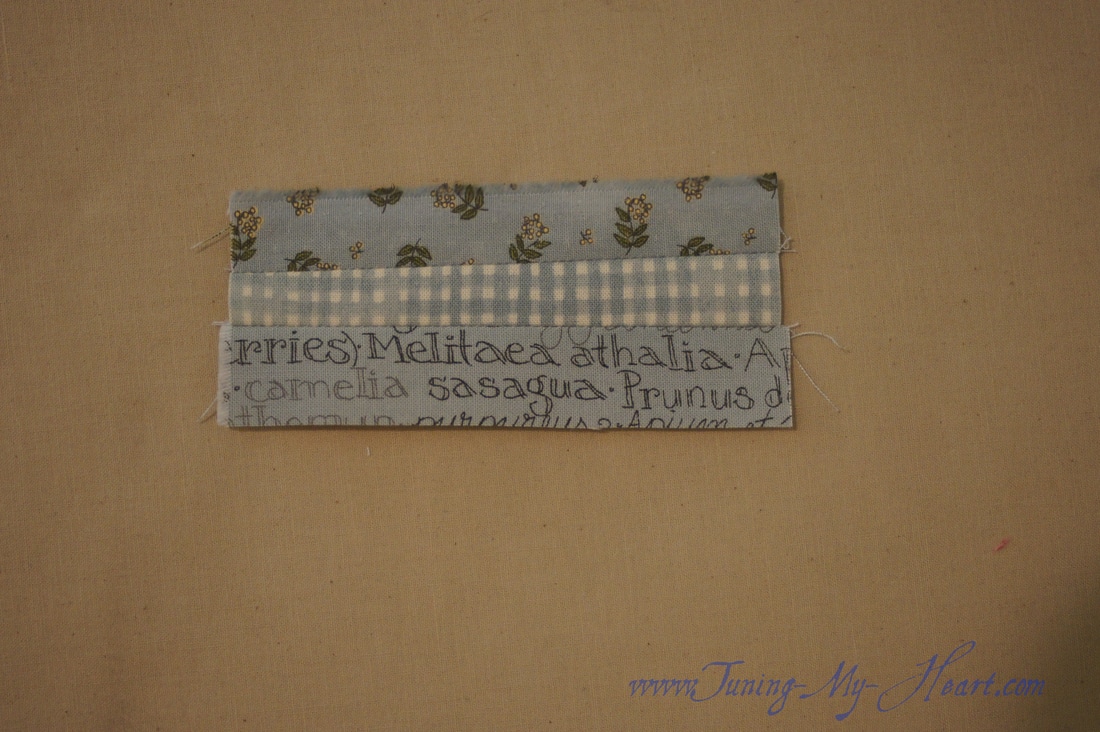
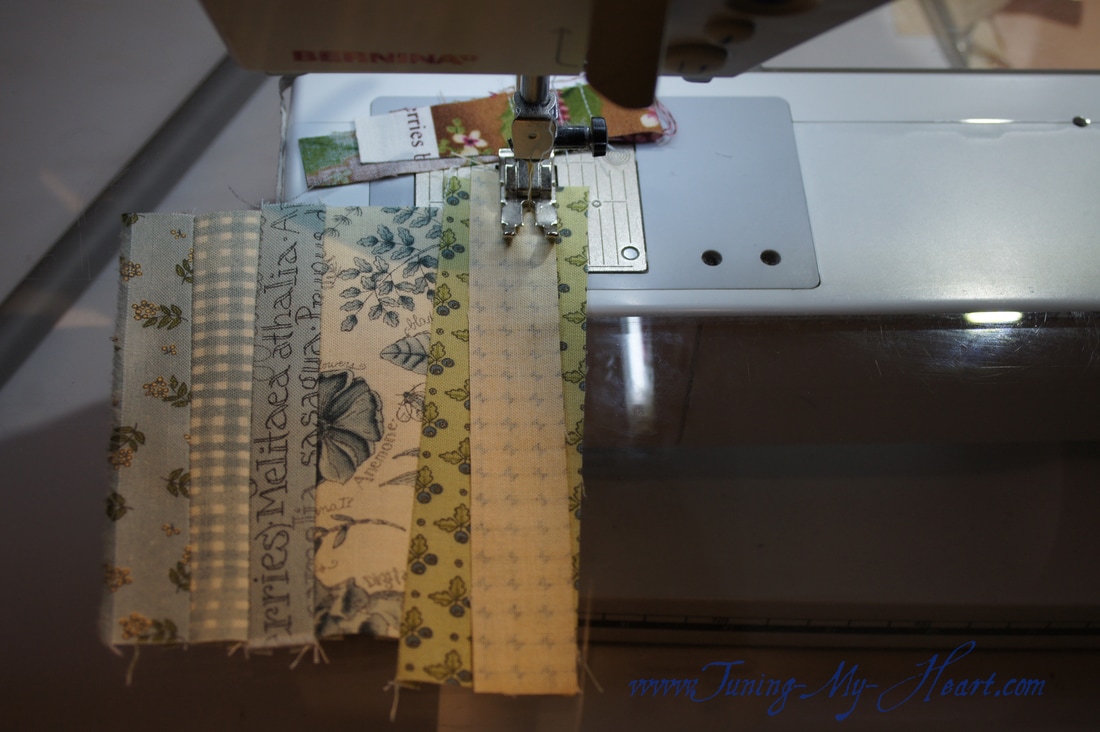
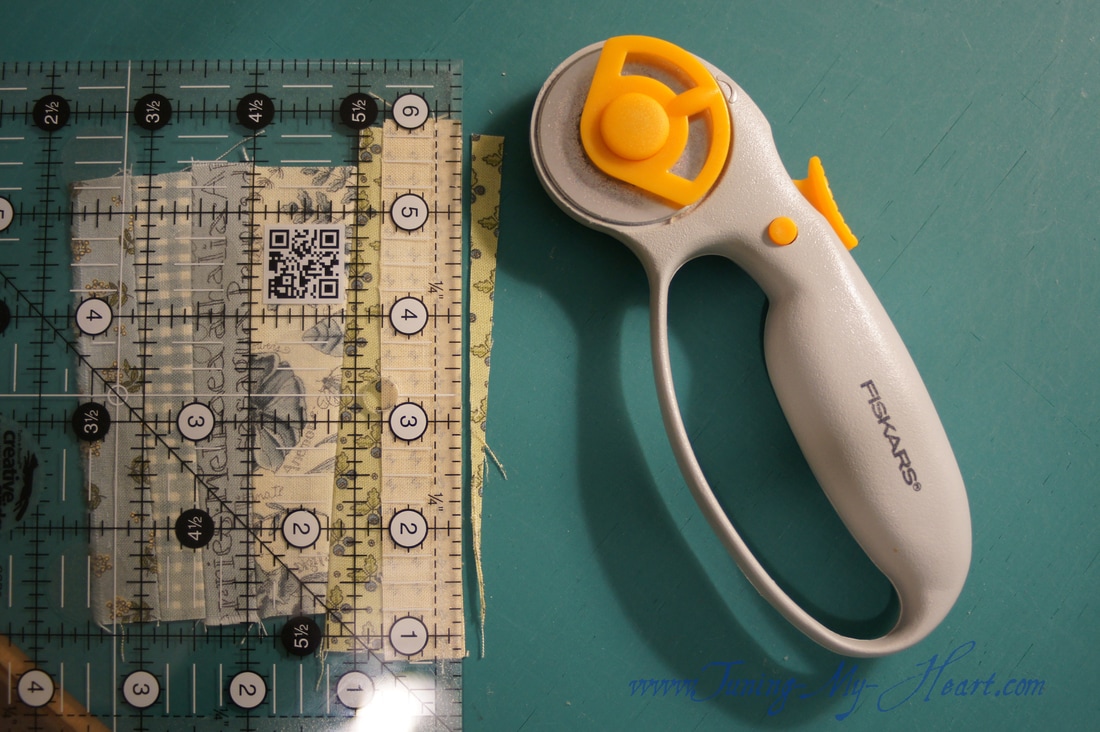
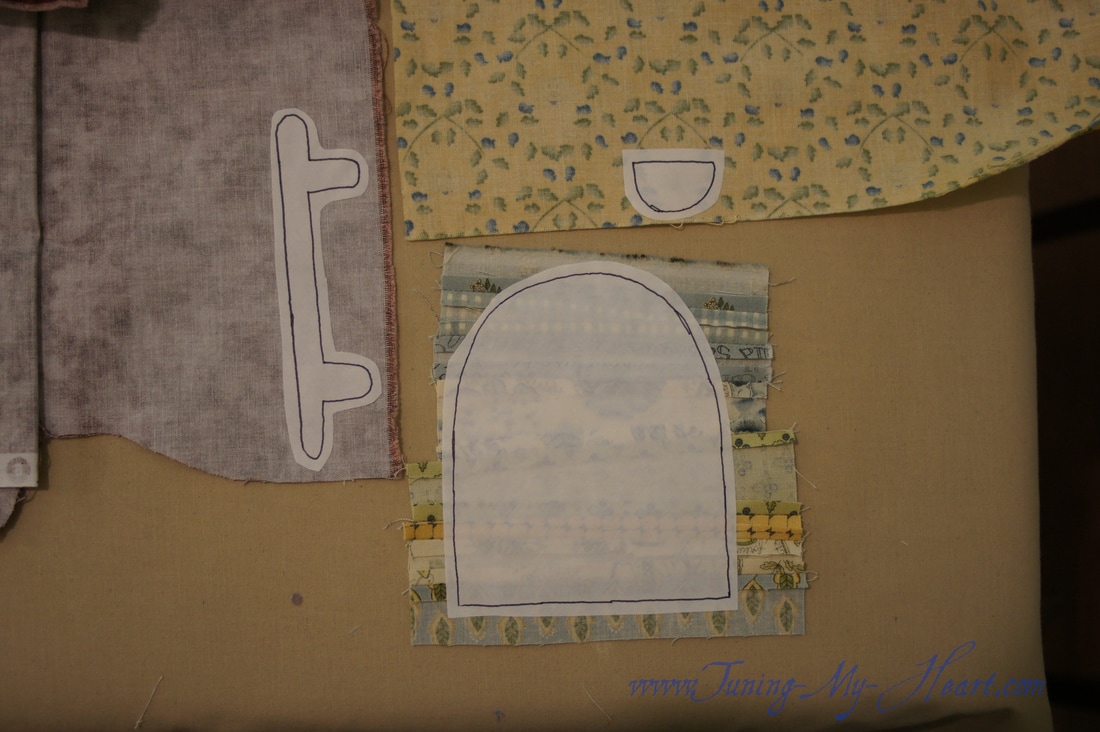
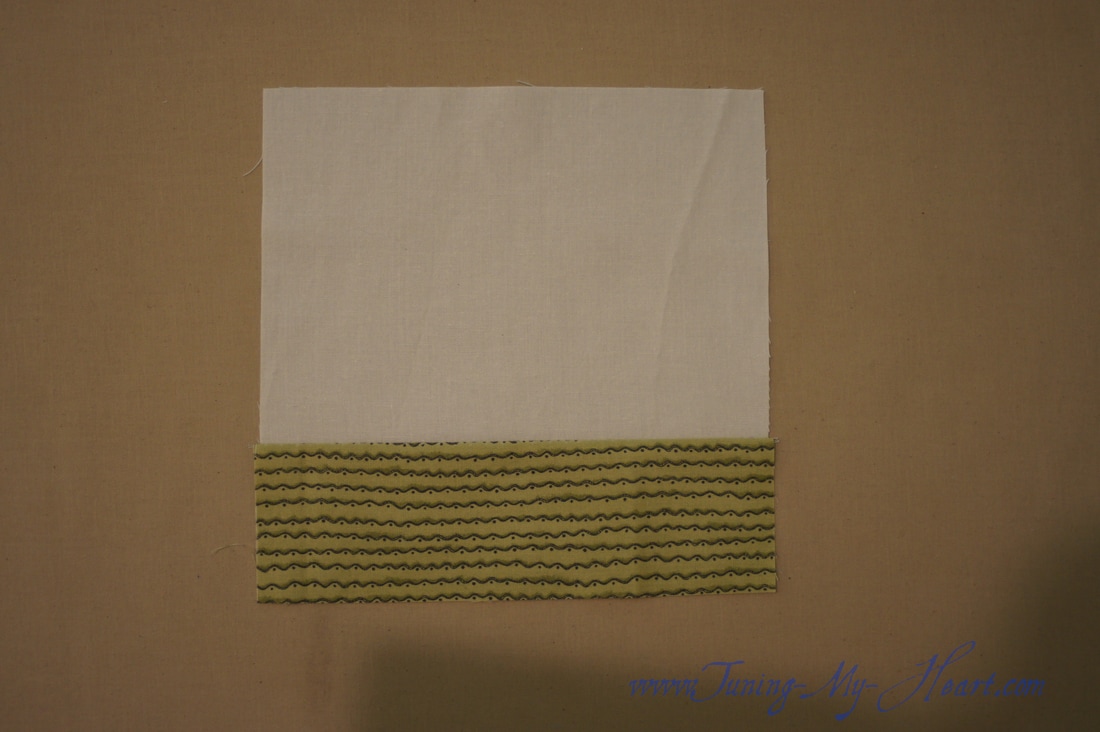
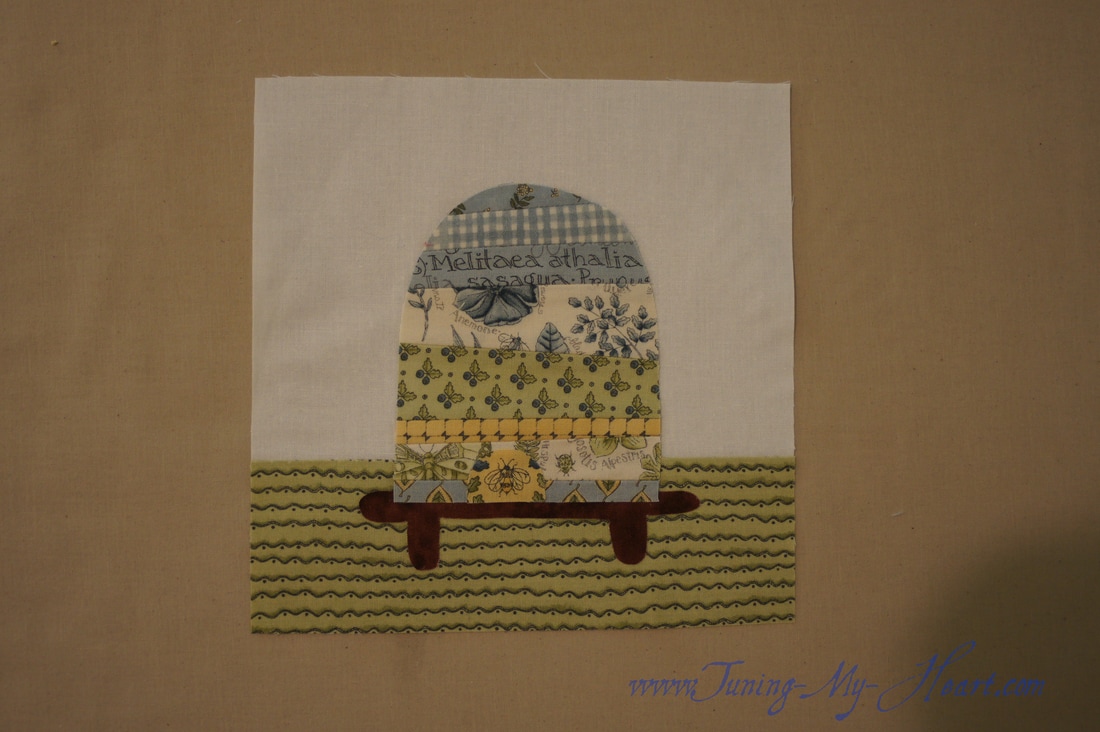
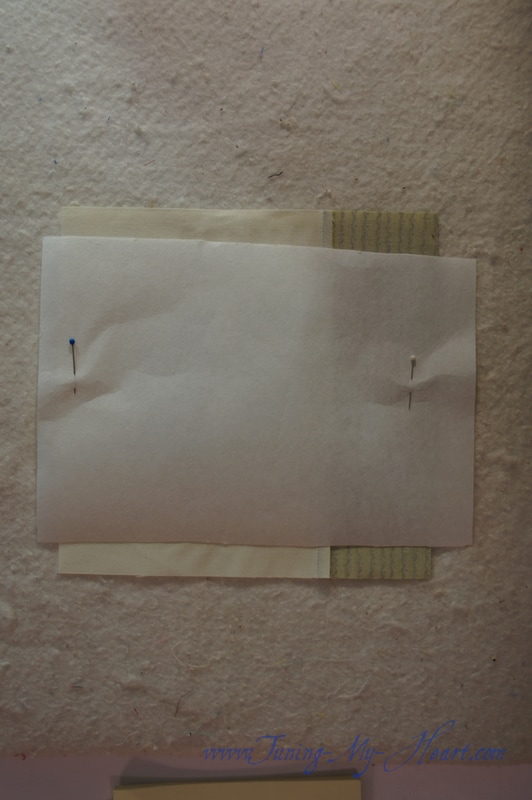
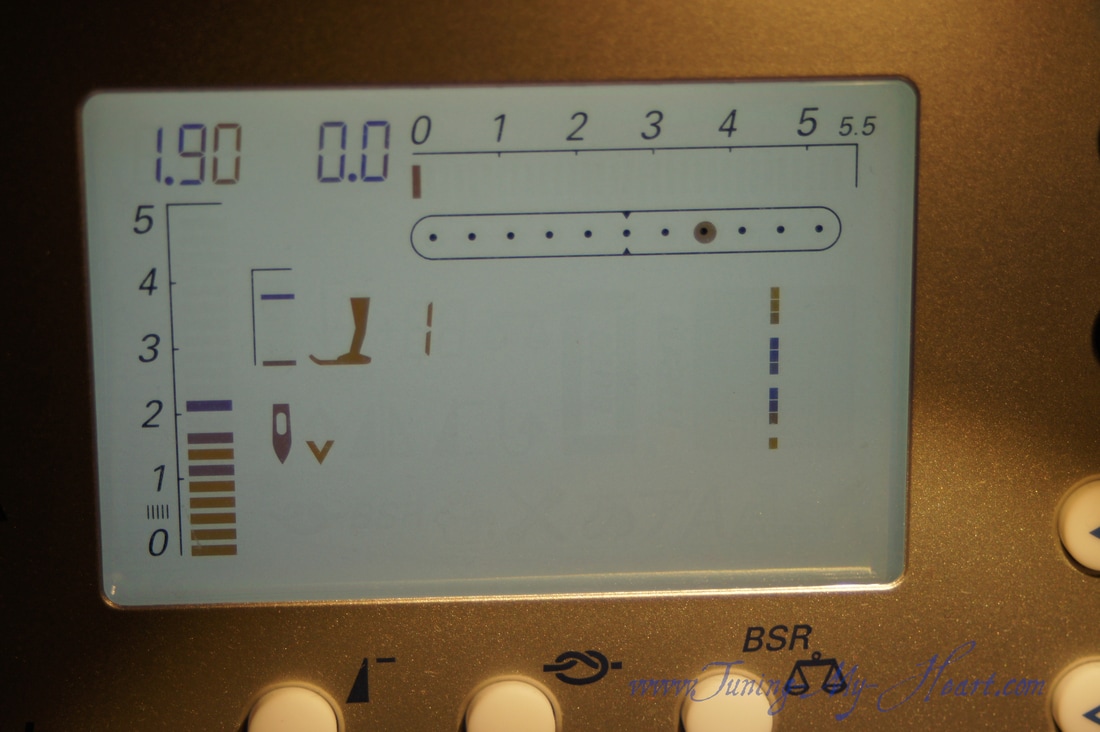
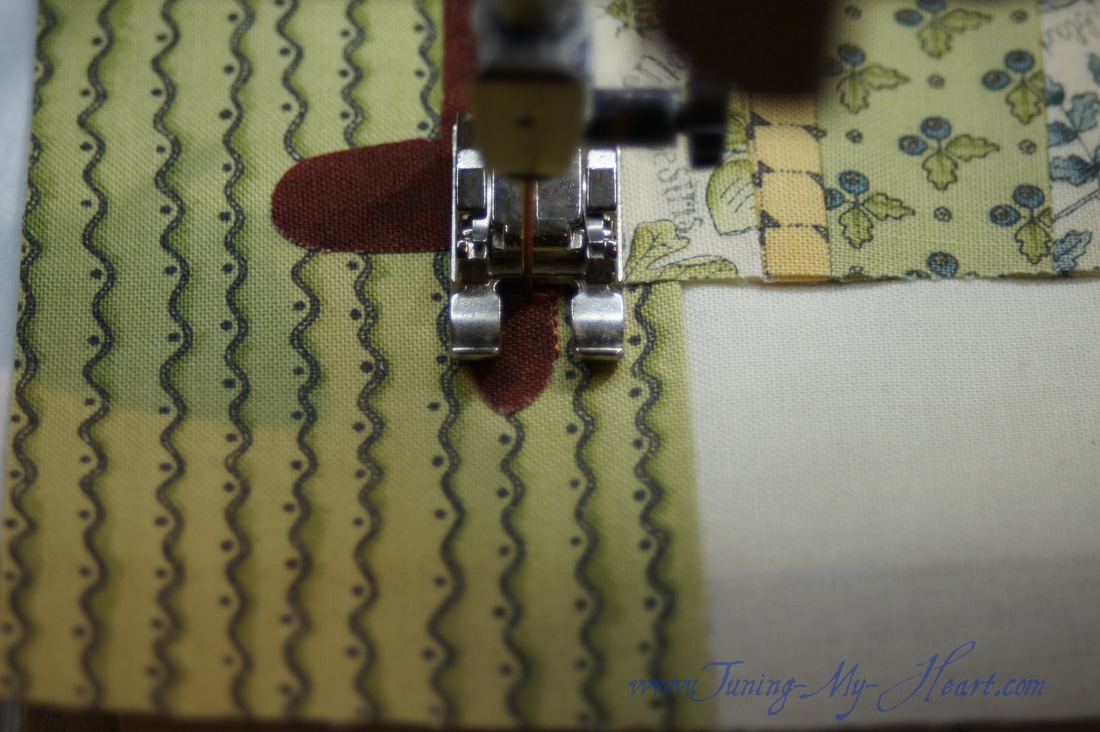
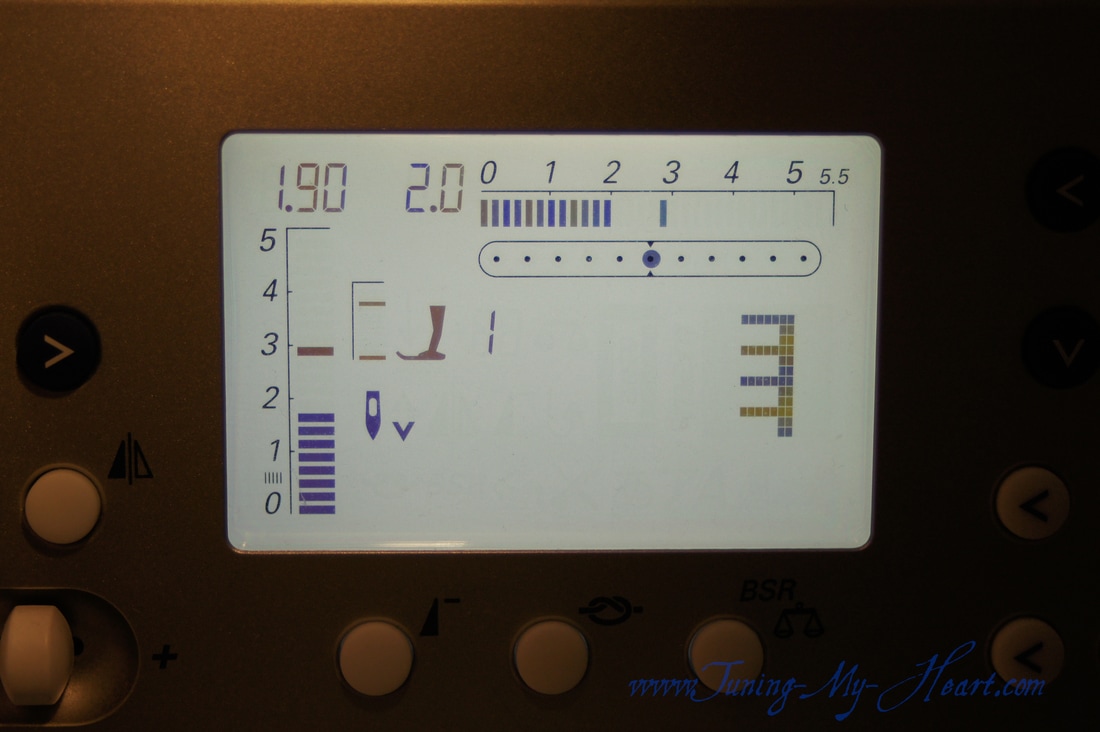
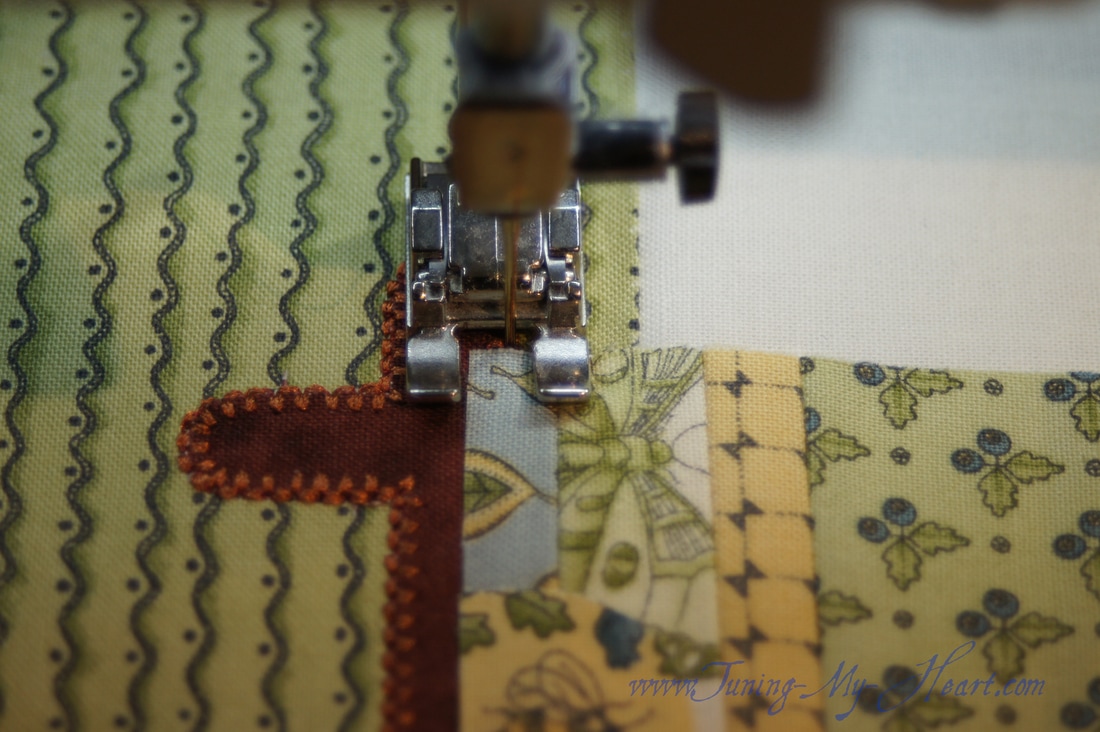
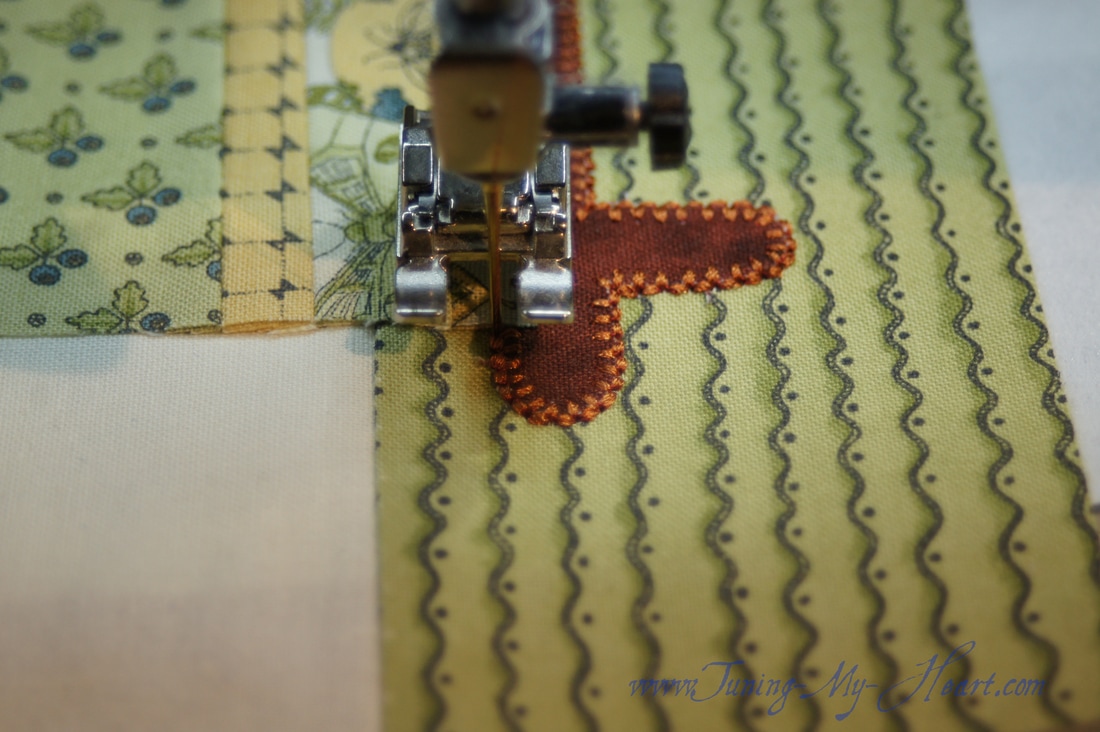
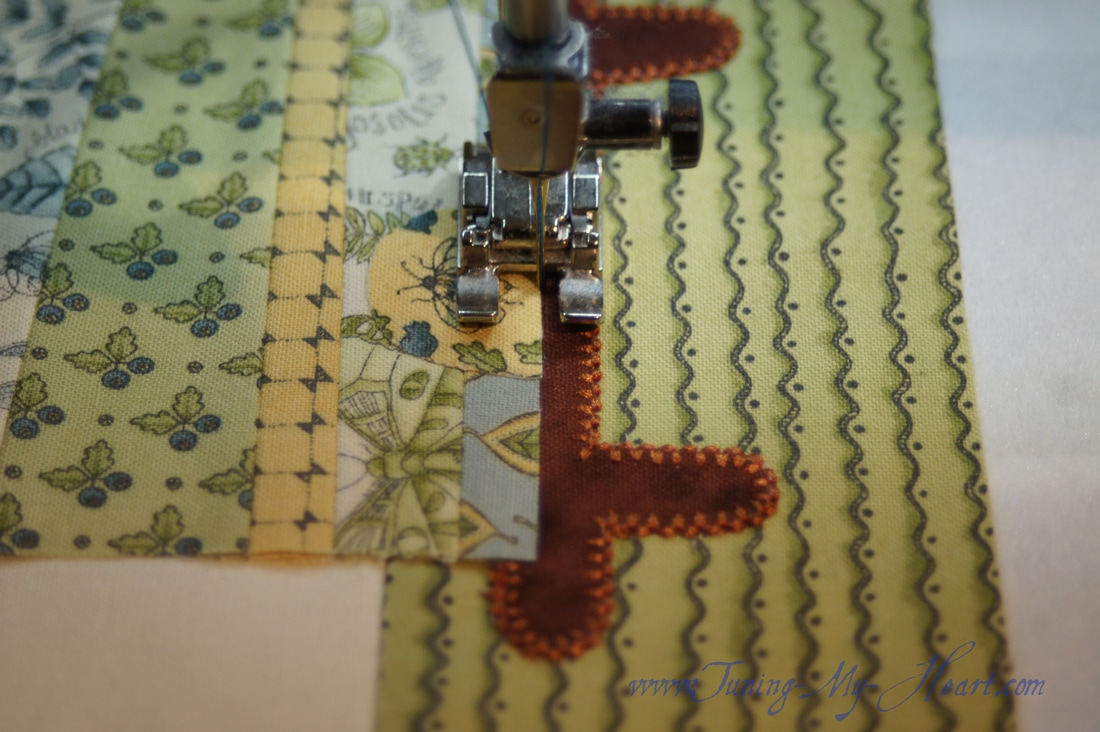
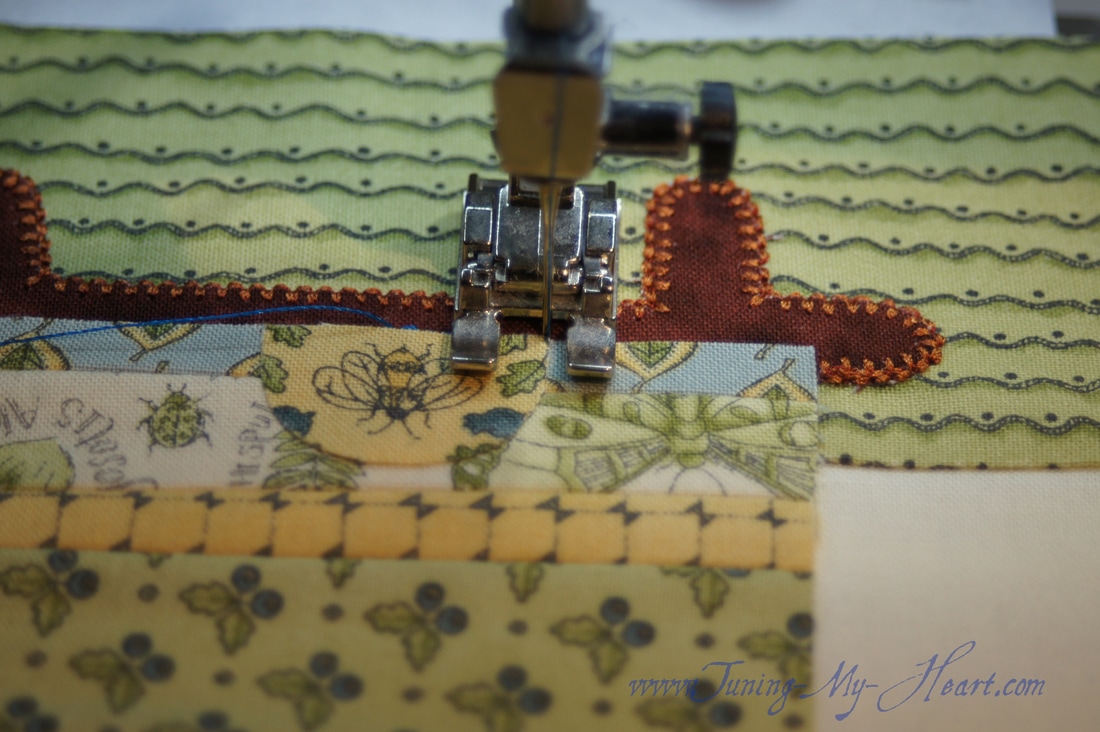
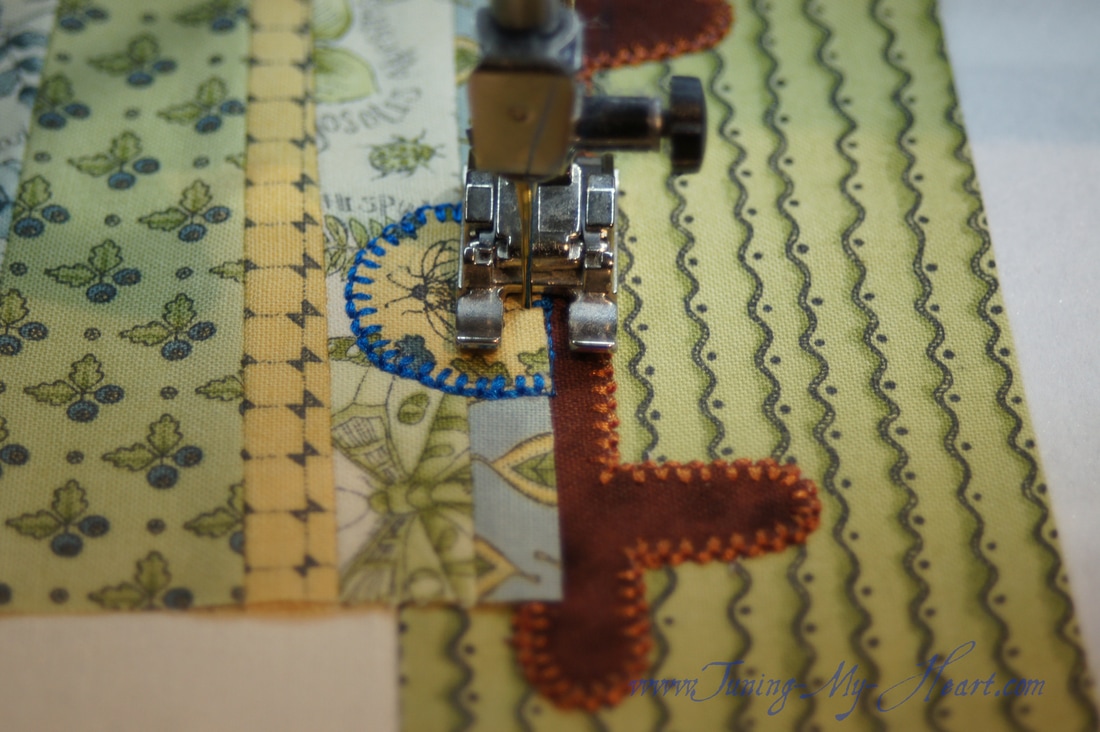
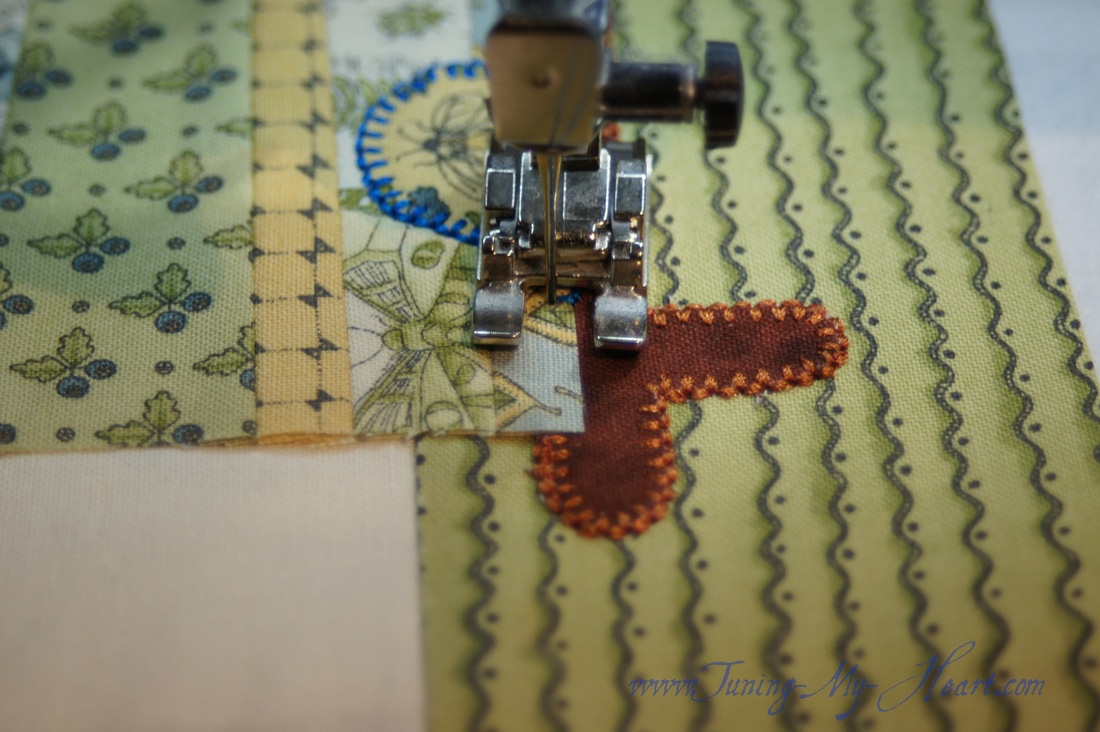
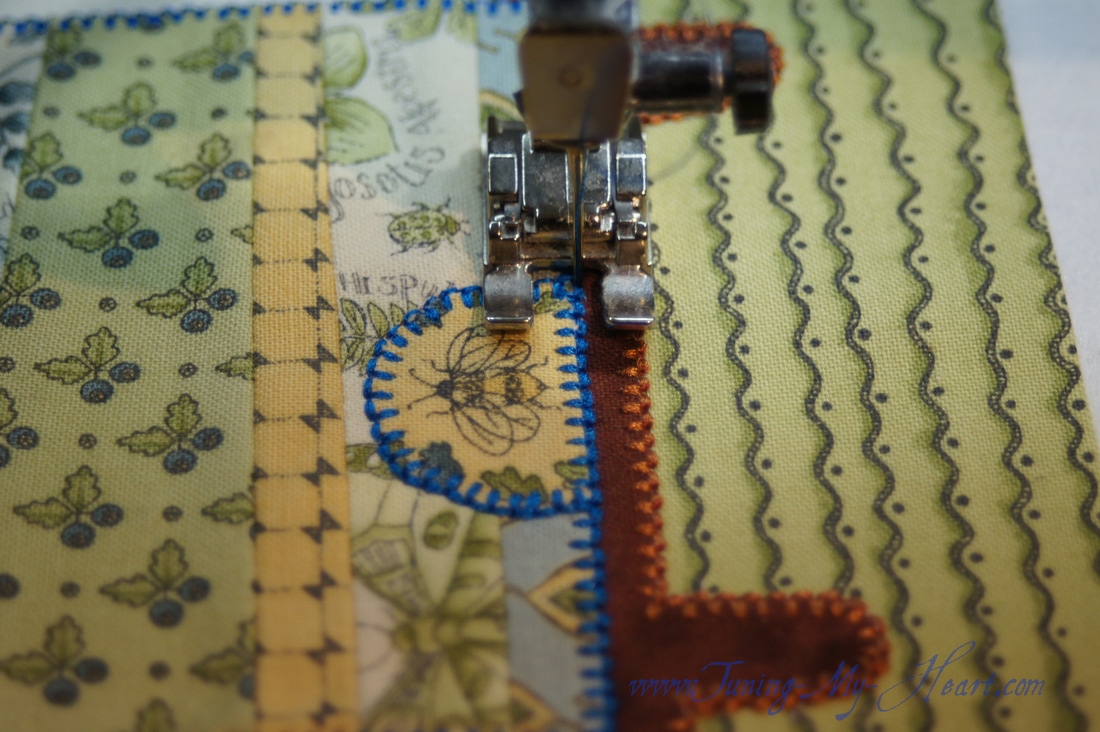
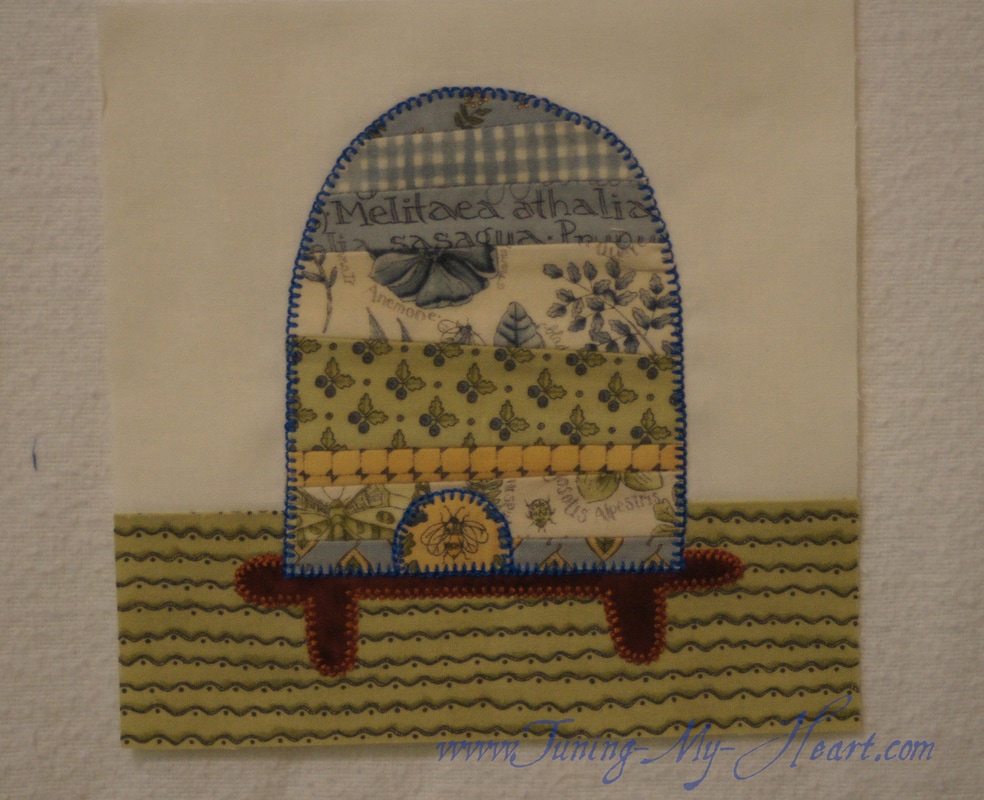
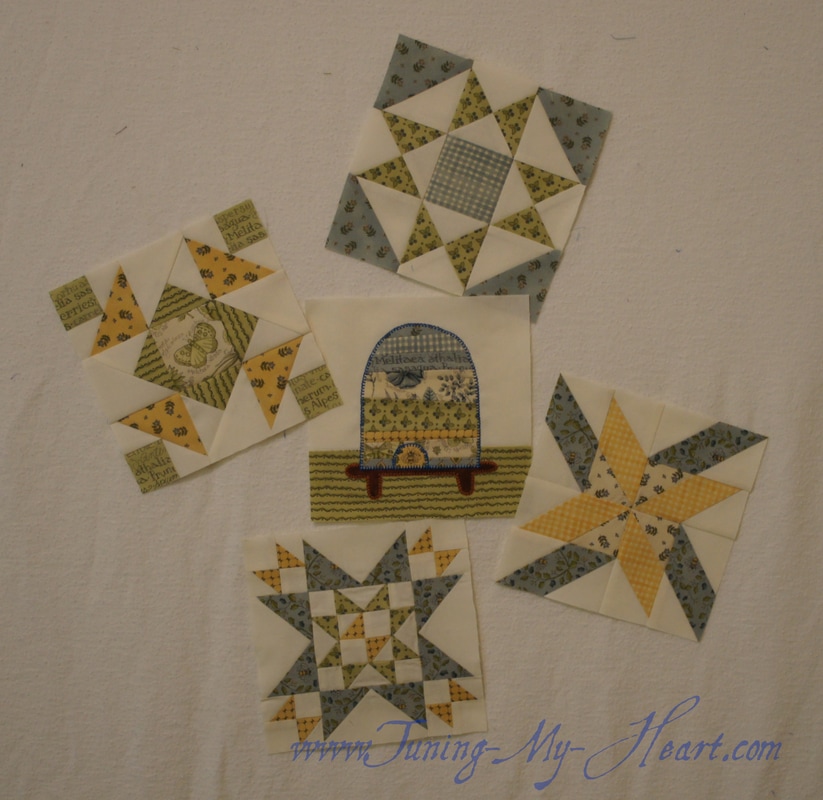
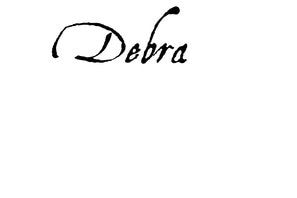
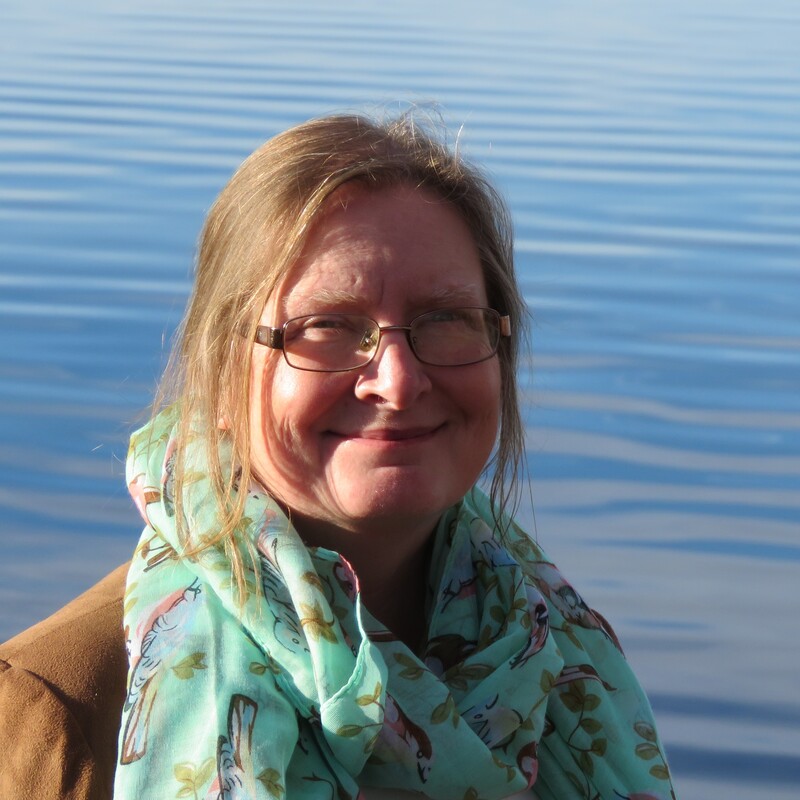
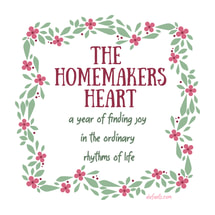



 RSS Feed
RSS Feed